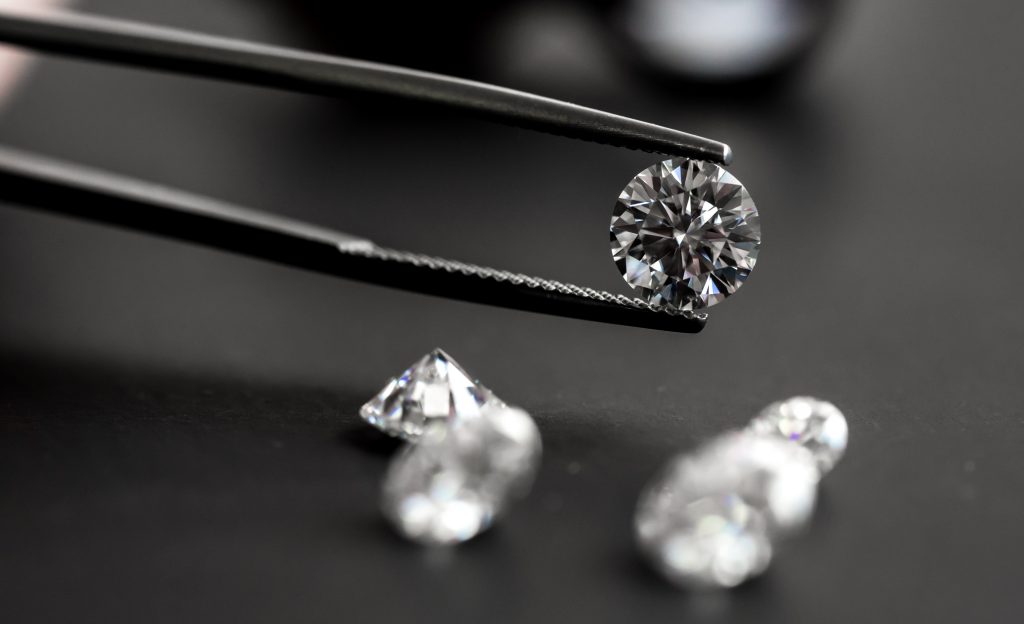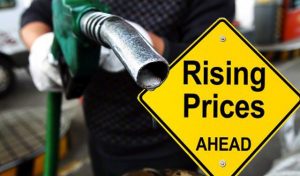A structural decline in diamond production and growing end-user demand have created favourable conditions for sustained price growth, especially for rare rough and polished diamonds.
In its yearly diamond investment market report, Alrosa states that the diamond market has “fully recovered from the pandemic”, with jewellery sales having risen sharply.
The diamond industry was hit hard in the first half 2020, when the Covid-19 pandemic hit. Retail jewellery sales has recovered in the second half of the year, leading to an increase of demand and diamond prices.
Alrosa reports that jewellery sales are forecast to exceed $90-billion in 2021 – a 23% year-on-year increase.
In the two largest jewellery market, the US (which accounts for 45% of global sales) and China (20% of global sales), demand for jewellery has risen by 50% and 10%, respectively, compared with pre-crisis 2019 levels.
There is also a growing interest in buying diamonds as an investment and financial hedging tool, Alrosa states, noting that investment-grade diamonds have higher price growth expectations than diamonds in general.
These are colour-less polished diamonds weighing 4 ct or more, and fancy coloured diamonds, which are declining in production at a faster rate.
The supply of coloured diamonds to the market is “very limited” and the closure of the Argyle mine, in Australia, sets the stage for further price increases for coloured diamonds and investment-grade diamonds in general.
Citing the Gemmological Institute of America, Alrosa says only one out of 10 000 ct of diamonds has a distinct, fancy colour.
In 2020, diamond producers reduced their production by 20% from 2019 levels to 107-million carats. The natural decline amid planned decommissioning of large, depleted deposits was exacerbated by Covid-19 and consequent lockdowns.
Last week, Alrosa said that rough diamonds stocks were at “minimal levels” as demand increased without a meaningful supply response from miners.







